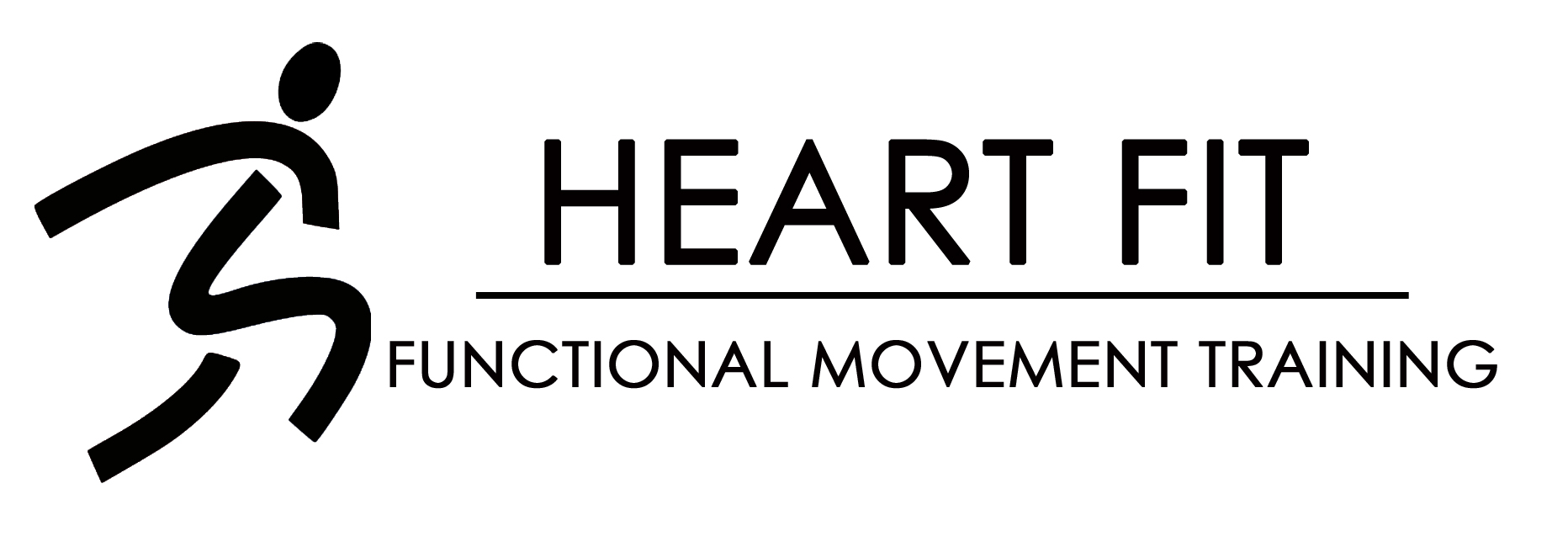Back Sore, Knees Hurting? Blame Your Hips
Your hips are the focal point in your everyday movements. I always tell my clients that your hips have to be functioning properly till the day you stop moving. You can’t get through life with weak hips. Your hips have to be in tune with balancing yourself on one leg and managing your own body weight, if not you will end up overusing the back and the knees. We are a sedentary population now and when we sit all day we lose hip mobility, which will compromise stability in your knees and back. You will also lose the synovial fluid in the joints which pretty much bathes the joint and keeps it from getting malnourished. All too often when someone has knee and back pain we take the classic kinesiology approach of strengthening all the muscles around the knee and back which is a mistake nine times out of ten. You are assuming that your hips are contributing like they should and that is hardly ever the case.
I can pretty much trace a sore back right to the hips and the lack of mobility and stability in them. All day long we are constantly turning, bending forward and twisting our backs but if your hips won’t move properly then we end up overusing the back and it starts to hurt. So now we have a really sore back and we want to stretch it thinking that will alleviate the pain. Well the problem with stretching a sore back is that those muscles are now hyperactive from all the overuse and when stretched those muscles will actually shut down and protect its self. This will then cause you to develop more tightness with a stretch instead of relaxing the back.
The same rules apply with a client that has knee pain. After screening a client, I usually find hip mobility problems, core stability problems, foot pronation problems and ankle stiffness but clients may say, “That’s great but what about my knee.” The knee and the back are more often the victim than the problem. I always look at the hips first because they are the focal point in our every day functional movements.
Our hips function differently in three foot positions: 1) symmetrical stance 2) staggered stance and 3) single leg stance which is why we can’t isolate the hips back into health. When we work on strengthening the complete movement pattern and not just one area, we will then cover the complete range of motion of the hip and improve our function significantly.
A very safe and effective exercise that should be done under the supervision of a professional is a kneeling single leg chop. In this position our hips are forced to work independently with one side working on creating stability while the other side is working on creating mobility. This exercise will also allow us to look at the right and left side independently, helping us eliminate asymmetries which will improve our balance, flexibility and restore the function we lost in our hips.
